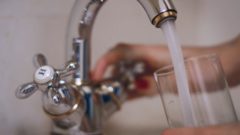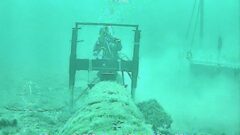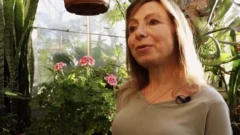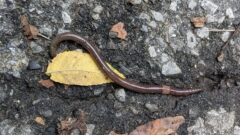Will energy from manure help or harm water quality in Michigan?
Michigan Governor Gretchen Whitmer’s plans to generate all of Michigan’s energy from renewable sources by 2040 may have positive and negative consequences for the state’s waters. Read the full story by Great Lakes Now.
Great Lakes Commission
https://www.glc.org/dailynews/20231208-energy-plan

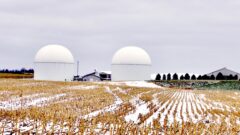
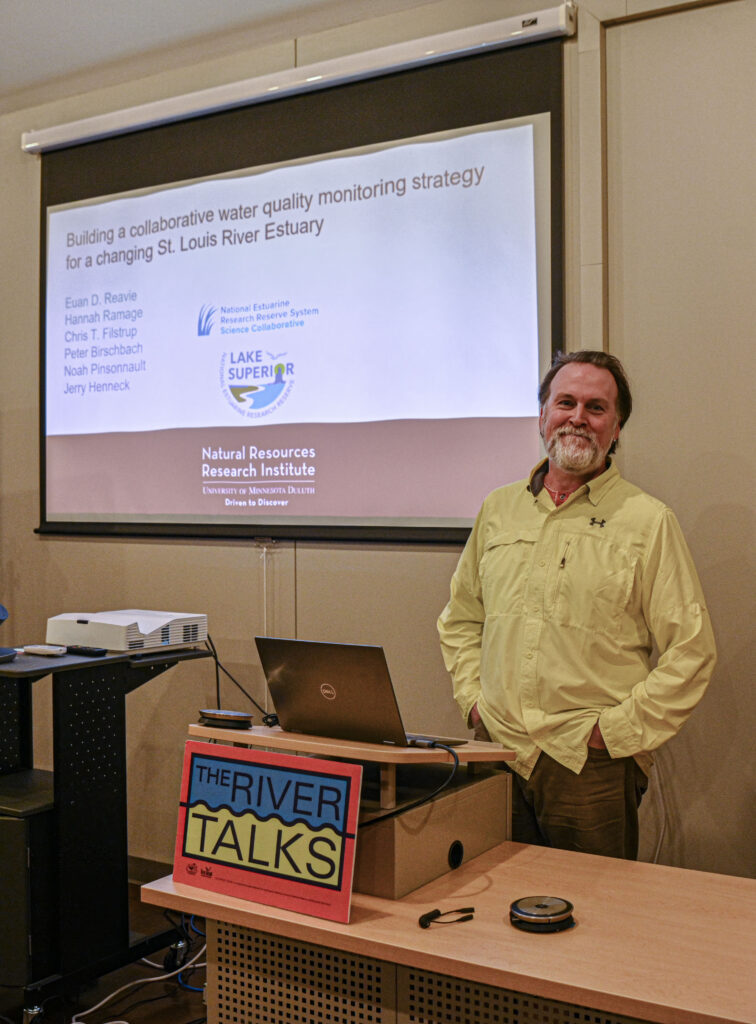
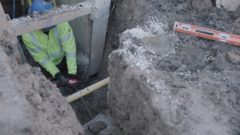

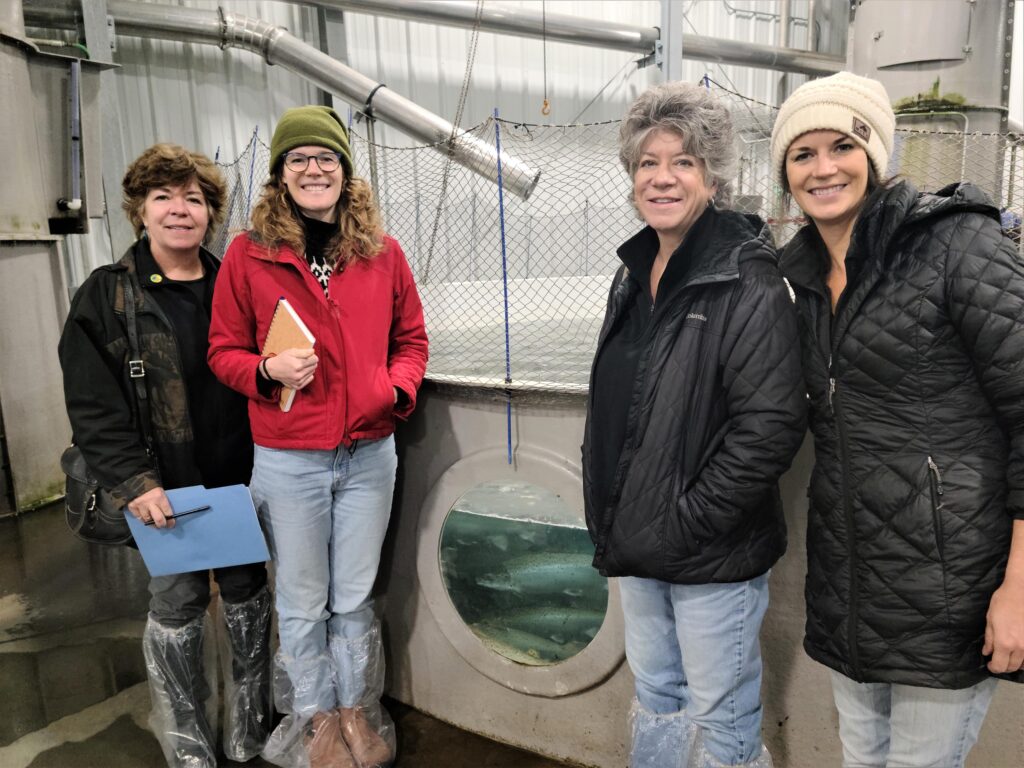

 example are the Burmese pythons that have had an enormous impact on the Everglades in Florida. However, multiple cases of released pets causing problems in our waters occur every year including an
example are the Burmese pythons that have had an enormous impact on the Everglades in Florida. However, multiple cases of released pets causing problems in our waters occur every year including an 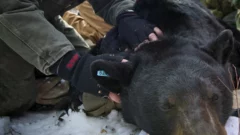
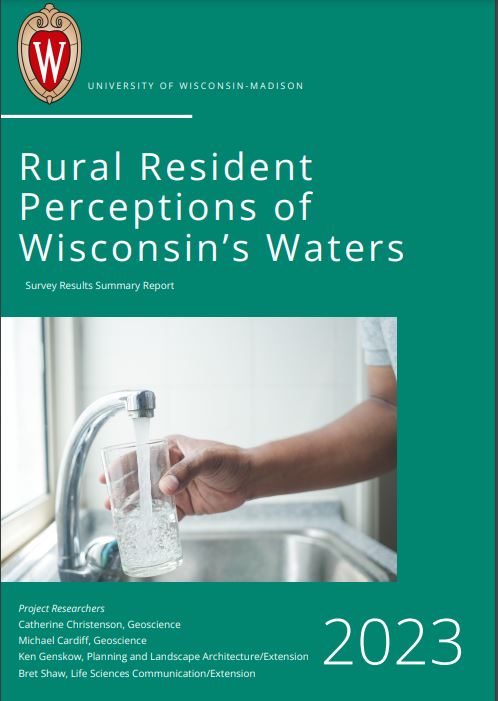 These findings regarding groundwater and surface water are based on a study by UW-Madison professors, including Michael Cardiff via a research project funded by the University of Wisconsin Water Resources Institute. The report, entitled, “
These findings regarding groundwater and surface water are based on a study by UW-Madison professors, including Michael Cardiff via a research project funded by the University of Wisconsin Water Resources Institute. The report, entitled, “
